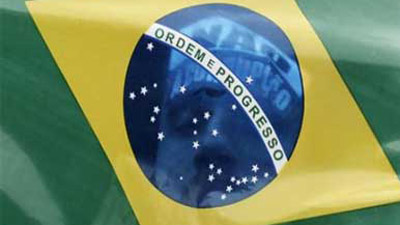Amid increasing inequality in the world Brazil has over the past ten years managed to make major inroads in the reduction of poverty and inequality. Statistics show Brazil and South Africa have swopped places as one of the countries with the biggest gap between rich and poor in the world. In the run-up to the BRICS summit later this month, academics and NGO’s have taken part in a panel discussion to see if there are lessons to be learnt from Brazil’s government programmes. Some liken it to America’s New Deal during the Great Depression. Within 2 years the Brazilian government managed to lift 22 million people out of extreme poverty. In the past decade the income of the poorest 10 percent in Brazil increased by 91 percent. Oxfam however cautions that Brazilian policies cannot simply be replicated in other countries. Like in South Africa, some of the causes of inequality and poverty in Brazil are underdeveloped, poor rural areas, migrant labour and a lack of access to formal education and skills training. In the last 10 years the Brazilian government succeeded in turning the situation around and shrinking the gap between its rich and poor. Oxfam’s Brazilian director Simon Ticehurst says a universal grant of 35 dollars per month was given to all destitute families. In that way 22 million people have been lifted out of extreme poverty within 2 years. Minimum wages as well as other social benefits have been improved. Ticehurst says government infrastructure projects helped to create more jobs. “One of the important things in terms of the actual differences between Brazil and South Africa, Brazil’s economy is very diversified. So there is a strong industrial manufacturing base, there is also a strong service sector. We see Brazil as a leading producer in food globally, but it is not even a quarter of the entire economy,” says Ticehurst.
policies on poverty and inequality of the ANC government and Brazil’s Workers Party government are similar
Ticehurst says the universal grant increased spending, which in turn helped the economy. Because of structural changes the Brazilian government made, the reduction in poverty and inequality have not been reversed by a slowdown in economic growth. Ticehurst however warns that these programmes cannot simply be replicated in other countries. “But this shift in poverty and inequality is happening at a time when all the other BRICS countries and a lot of certainly are going through a process of worsening inequality. So Brazil is doing something different and that is what we came to share here,” added Ticehurst. Some of the key factors behind Brazil’s success are good government co-ordination, strong civil society involvement and the availability of money. Only 14 percent of Brazil’s population of 194 million receives the poverty subsidy, while South Africa is providing social grants to 28 percent of its population. Director of the Studies in Poverty and Inequalities Institute in South Africa, Isobel Frye says the policies on poverty and inequality of the ANC government and Brazil’s Workers Party government are similar. “I thinks it’s fair to say however the Brazilian government of late has gone a lot further than the SA
government in terms of its vision and reach in terms of its own role. If you look at the role the Brazilian government took in terms of destitution was to very boldly identify everybody who fell under a certain poverty line level. They defined that as destitution and they then enrolled everybody who fell below that line,” says Frye.
– By


